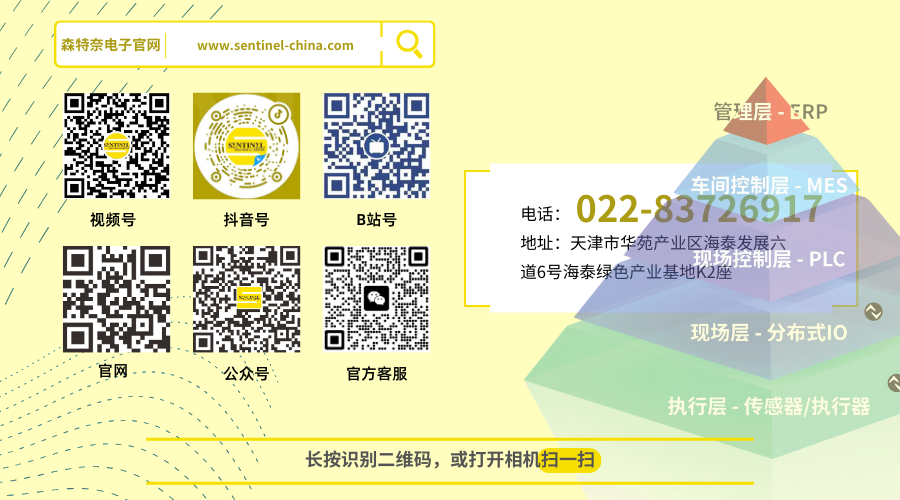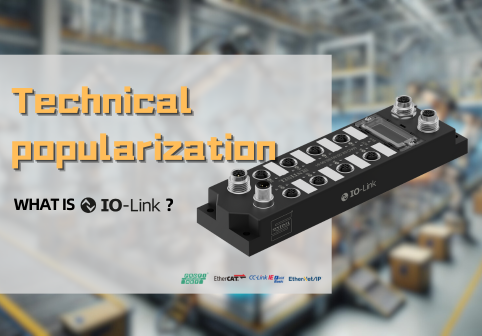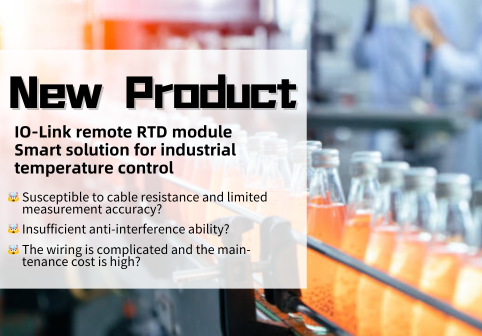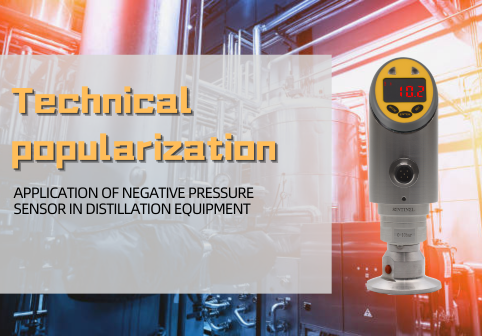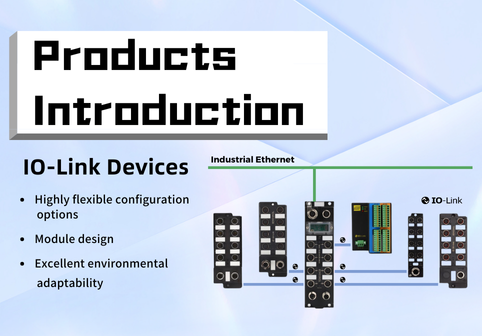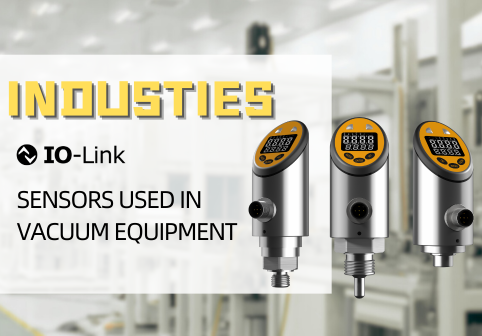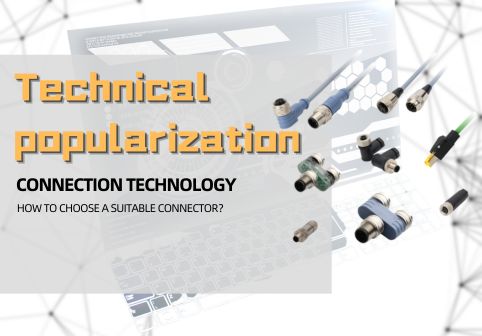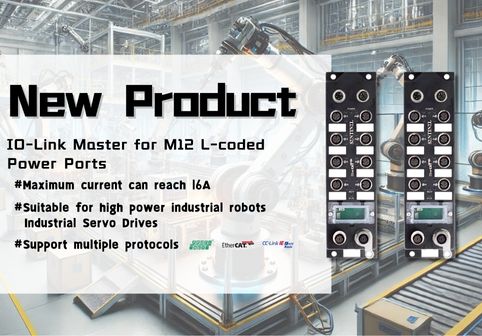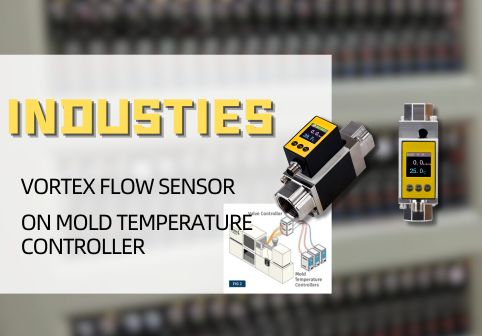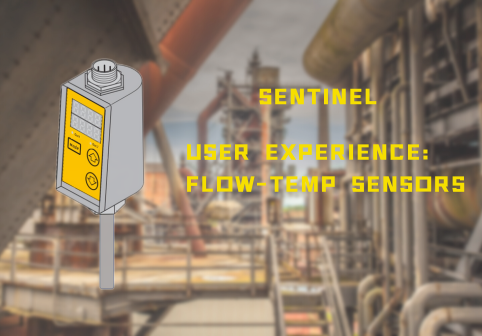Technical Documentation | What Do Protection Ratings IP67 and IP68 Actually Guard Against?
In the technical specifications of automation equipment, you’ll often encounter markings like “IP67”, “IP68”, or “IP69K”. Though they appear to be just two numbers, these ratings can determine whether a device can truly withstand its working environment. Many people assume that IP68 means a device can be submerged in water, or that IP67 implies it can be used in any dusty or wet condition. However, in real-world scenarios, these labels rarely tell the full story. To truly understand “Ingress Protection” ratings, we must first know what they actually indicate—and what they don’t.
1. What Is an IP Rating?
IP stands for Ingress Protection, defined by the international standard IEC 60529. It describes how well a device's enclosure resists intrusion from solid objects and liquids. The first digit refers to protection against solids (rated 0–6), while the second digit refers to protection against liquids (rated 0–9). For example, IP67 means complete protection against dust and temporary immersion in water; IP68 indicates full dust protection and long-term immersion under conditions specified by the manufacturer.
It’s important to note that the second digit carries a lot of weight. For instance, IP67 certification means a device can operate after being submerged in 1 meter of water for 30 minutes. IP68 allows manufacturers to define the immersion depth and time based on product design and usage—which means the meaning of IP68 can vary significantly between manufacturers. When reading specs, always look for specific testing conditions rather than assuming that higher numbers always mean better protection.
2. Why IP Ratings Don’t Mean “Protected from Everything”
Many treat IP ratings as catch-all guarantees, but they are merely performance declarations under lab conditions. Real-world environments are far more complex. Here are some common situations where even “IP68” might fail:
- Type of Liquid: IP tests use clean water, but industrial environments often involve cutting fluids, lubricants, and acidic or alkaline cleaning agents. These can corrode seals, causing them to expand or degrade and ultimately leak. If oils are present, choose products with oil-resistant seals (e.g., fluororubber) or metal-welded structures.
- Pressure and Temperature Fluctuations: IP ratings are tested at normal atmospheric pressure. In reality, pressure changes and temperature shifts cause a “breathing effect” where moist air enters the device, condenses, and damages circuits. The solution? Use devices with pressure compensation membranes that allow air exchange while blocking moisture.
- Aging and Mechanical Stress: Testing is done on new units, but in practice, equipment undergoes vibrations, plug/unplug cycles, and thermal expansion. Seals lose elasticity and connectors loosen, degrading the IP rating over time. So the rating reflects the initial state—not the device’s performance over its lifetime.
- Dustproof ≠ Waterproof: The “6” and “7” ratings are based on different engineering principles. Dustproofing requires sealed structures; waterproofing depends on gasketed joints. Frequent unplugging or loosened structures still allow dust and moisture ingress. Products with locking mechanisms or overmolded cable assemblies offer better long-term reliability.
3. Special Rating: IP69K
In industries like food processing, pharmaceuticals, and automotive, another high rating often appears: IP69K. Originating from the German standard DIN 40050-9, it simulates high-pressure, high-temperature cleaning environments:
Hot water at 80 °C, pressure between 80–100 bar, sprayed from 10–15 cm at multiple angles.
This rating ensures resistance not only to water, but also to thermal and mechanical shocks and chemical cleaning agents. If your equipment is used in CIP systems, slaughterhouses, or car washes, IP69K is not “optional”—it’s mandatory.
4. Recommended Ratings for Different Environments
| 🏭 Application Scenario | 🛡 Recommended Rating | 💬 Notes |
|---|---|---|
| General Indoor Use | IP65 / IP67 | Dust and splash resistance |
| Humid or Outdoor Use | IP67 | Rain and temporary immersion |
| Sinks or Constant Submersion | IP68 | Check manufacturer's depth and time specs |
| Food or Automotive Cleaning | IP69K | High-temp, high-pressure resistance |
| Oily or Chemical Liquids | IP68 + Oil-resistant Seal | Use fluororubber or stainless-steel welds |
One more reminder: Higher IP ratings don’t always mean better performance—they must match the environment. Over-specification can lead to unnecessarily high costs and complex structures, especially if the product is installed somewhere it will never contact water.
5. Conclusion: Reliability Begins with the Details
An IP rating is like a health report, indicating what a product can handle under standard conditions—it’s not an indestructible shield. What truly determines a device’s longevity is whether the model is suitable, installation is correct, and seals are regularly maintained.
At SENTINEL, we clearly label verified IP ratings on every sensor and IO-Link module. All products are tested in real-world conditions to validate our designs. Behind each rating lies our commitment to reliability—because true protection is not just a number, but the sum of countless design details.
Customer Support & Service
To learn more about SENTINEL’s product offerings, please contact our sales team or call 022-83726972. You may also visit our website at www.sentinel-china.com, where you’ll find comprehensive product data, selection guides, CAD & Eplan files, configuration documents, and tutorials to ensure you have everything you need.
Our professional technical team is always ready to provide customized support and responsive after-sales service to maximize value for every customer.
